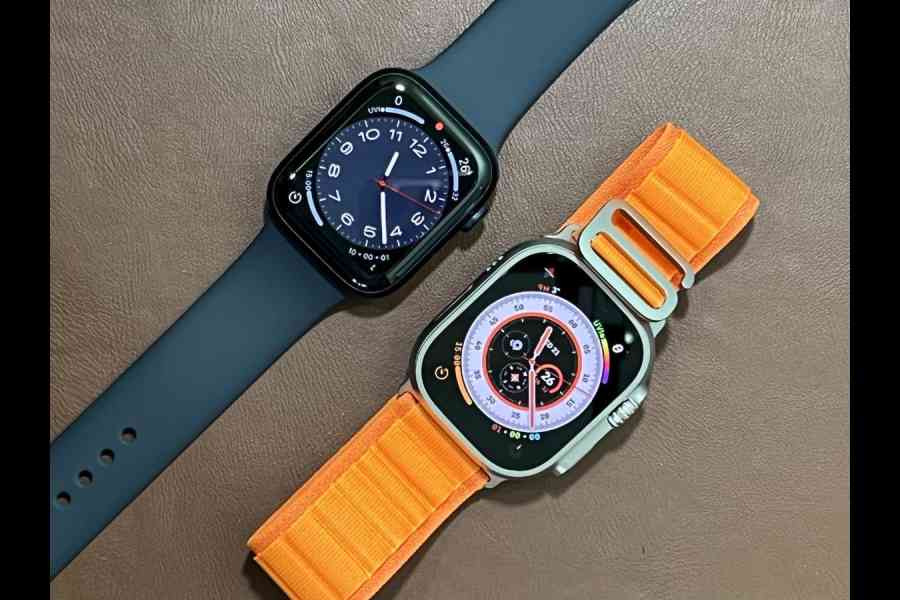Distance running has exploded in popularity over the past few decades, with many running marathons today being middle-aged or older. Around the turn of the 20th century, when the first marathons were held, the races were popular only among the youth. That perspective has changed.
With participation in global marathons reaching record numbers, researchers from Brigham and Women’s Hospital have shared new insights from the Apple Heart and Movement Study on the topic of activity and marathons, as measured by Apple Watch. And there are some interesting findings. For example, researchers found that more than 1,500 participants ran an estimated 2,623 marathons in total. Figuring out the time taken it would take participants to complete a marathon (26.2 miles) based on their workout data, 50 per cent of participants would walk or run the distance in 90 days or fewer.
The study also reviewed a cohort of participants who had logged either a single running or walking workout between November 2019 to January 2024 (201,471 participants). The results: over 50 per cent of participants who recorded either a walking or running workout achieved a 5k distance or more at least once in each respective category. Second, participants in the 35-44 age group had the largest participation rate in the marathon distance or longer.
If we are to look at walkers, nearly 54per cent of participants’ longest single walking workout was at least 5K, nearly 14 per cent of participants’ longest single walking workout was at least 10K and just over one per cent of participants’ longest single walking workout was at least a half marathon or more.
For runners, 50 per cent of participants’ longest single running workout was at least 5K, nearly 20 per cent of participants’ longest single running workout was at least 10K and nearly seven per cent of participants’ longest single running workout was at least a half marathon or more.
On training and recovery for marathon-length single running workouts, researchers saw a tapering three to four weeks before a runner’s big day and a steep decline post-marathon, when reviewing average run distance per week, aligned to standard practice. Further, 43 per cent of participants experienced an increase in VO2 Max in the last 15 days of training compared to the previous 15 days. And the top 10 per cent (participants with fastest finishing times) ran roughly 16 miles more per week than the middle 10 per cent leading up to marathon day.










